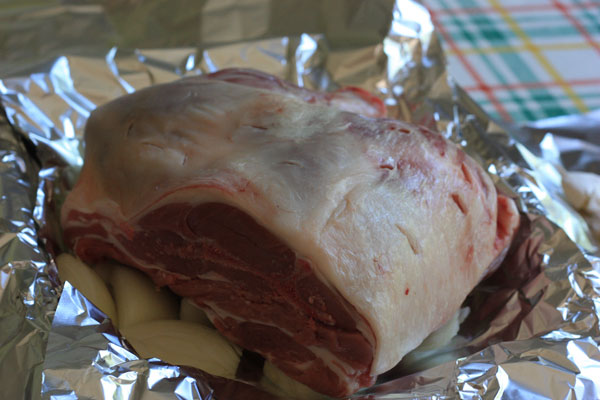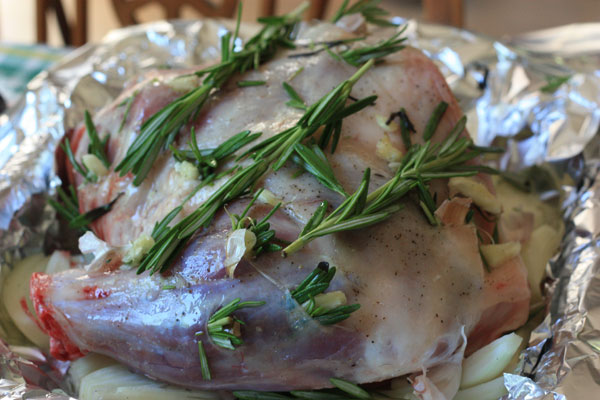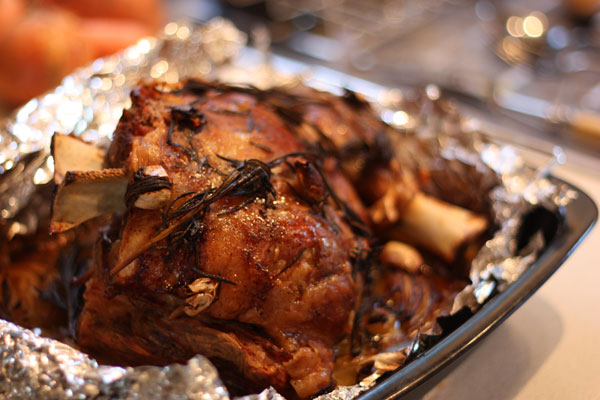Teriyaki Salmon Noodle
Teriyaki is a cooking technique used in Japanese cuisine in which foods are broiled or grilled with a glaze of soy sauce, mirin, and sugar.
Fish – yellowtail, marlin, skipjack tuna, salmon, trout, and mackerel – is mainly used in Japan, while white and red meat – chicken, pork, lamb, and beef – is more often used in the West. Other ingredients sometimes used in Japan include squid, hamburger steak, and meatballs.
[column type=”one-half” last=”false” ] 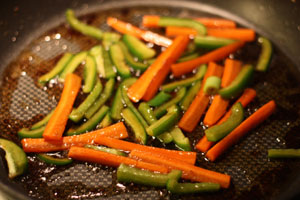
[/column]
[column type=”one-half” last=”true” ] 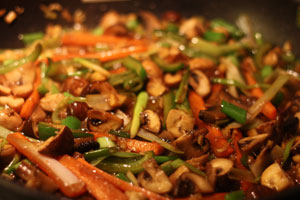 [/column]
[/column]
[column type=”one-half” last=”false” ] 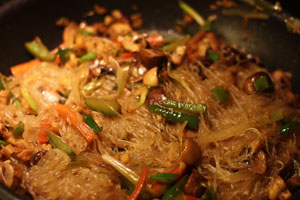 [/column]
[/column]
[column type=”one-half” last=”true” ]The word teriyaki derives from the noun teri, which refers to a shine or luster given by the sugar content in the tare, and yaki, which refers to the cooking method of grilling or broiling. Traditionally the meat is dipped in or brushed with sauce several times during cooking.
The follow dish makes good use of the great flavor coming from teriyaki…
[/column]
[column type=”one-half” last=”false” ]
Ingredients
- 4 laxfiléer
- 4 spring onions
- 1-2 garlic cloves
- teriyaki sauce
- sesome oil
- sesome seeds
- 1 green pepper
- cashew nuts
- mushroms
- 1-2 carrots
- dried harbanero, salt & peppar
- noodles
[/column]
[column type=”one-half” last=”true” ]
Method
1. Marinate the salmon in teriyaki sauce for some hours, before placing in the oven for 40 mins basting several times.
2. Chop the spring onion, mushrooms, carrot and green pepper in thin stripes and stir fry with crushed garlic and some (dreid) chopped harbaero. Start the frying process on a high heat and as the vegetables begin to show signs of cooking turn down and add some teriyaki sauce and sesame seed oil. Fry for a while stirring regularly until the teriyaki caramelizes on the vegetables.
3. Boil and drain the noodles minutes before the salmon is ready and add to the teriyaki caramelized vegetables and stir fry lightly, adding more teriyaki sauce and sesame seed oil if necessary. Once the noodles and vegetables have mixed evenly with the teriyaki serve onto a plate with the salmon and garnish with cashew nuts and sesame seeds.
[/column]

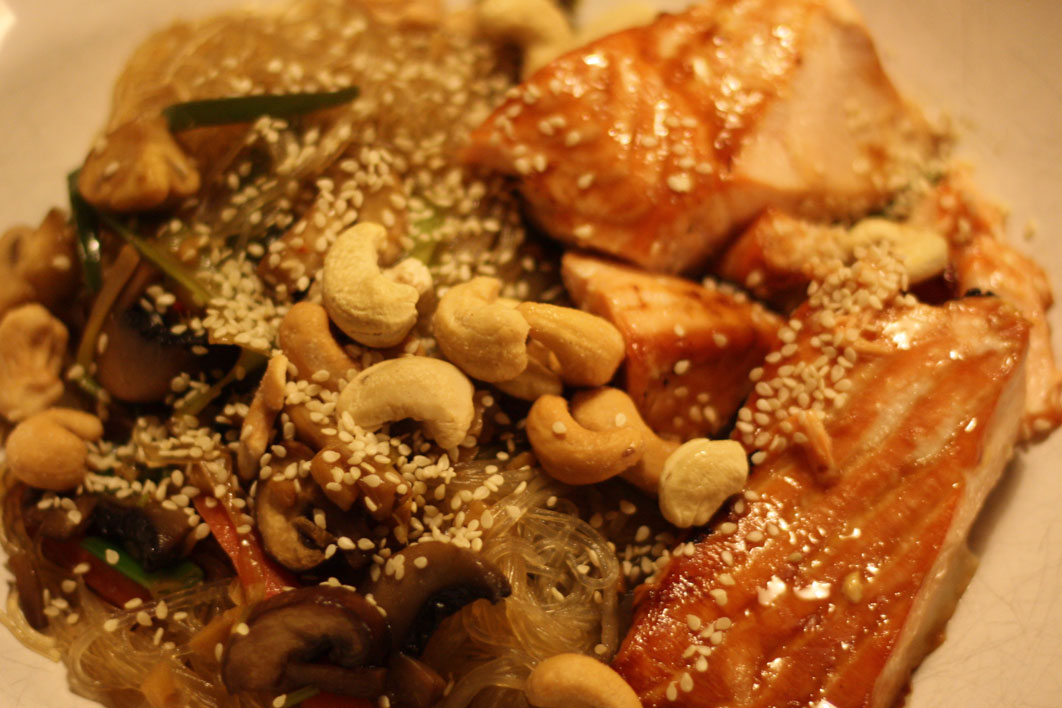
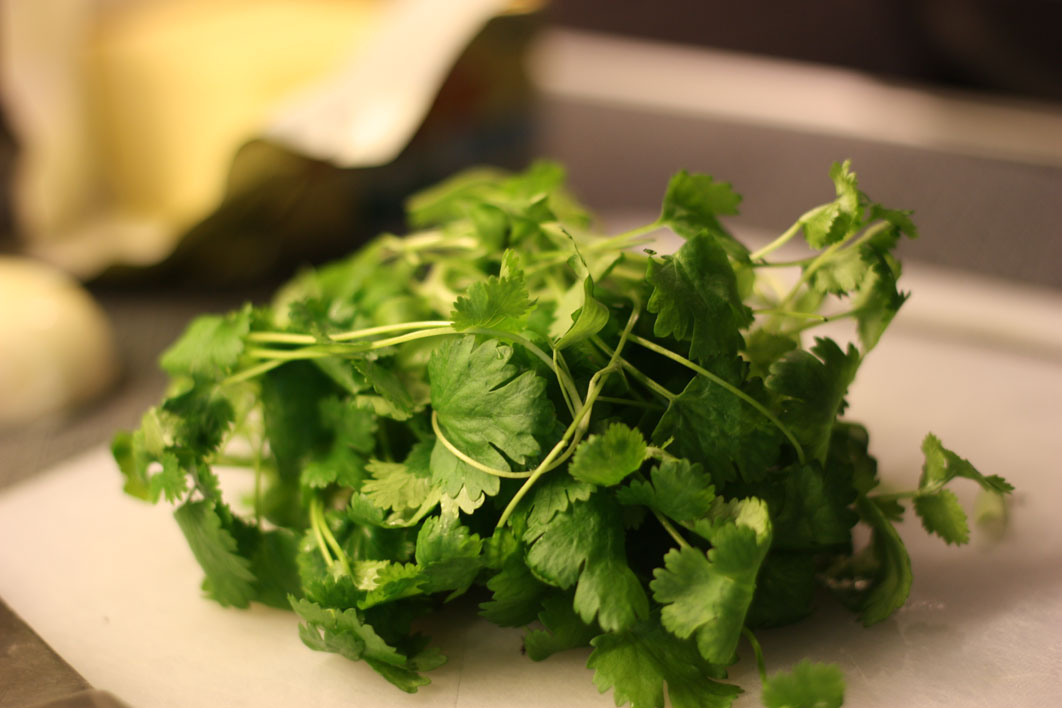
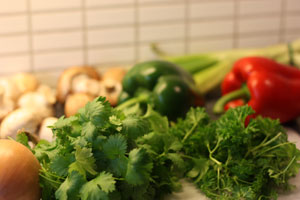
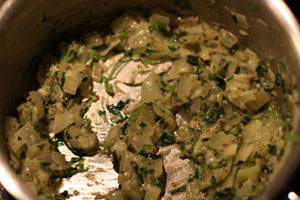 [/column]
[/column]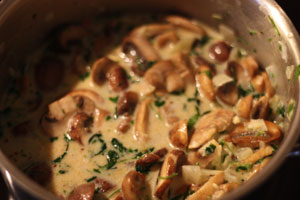 [/column]
[/column]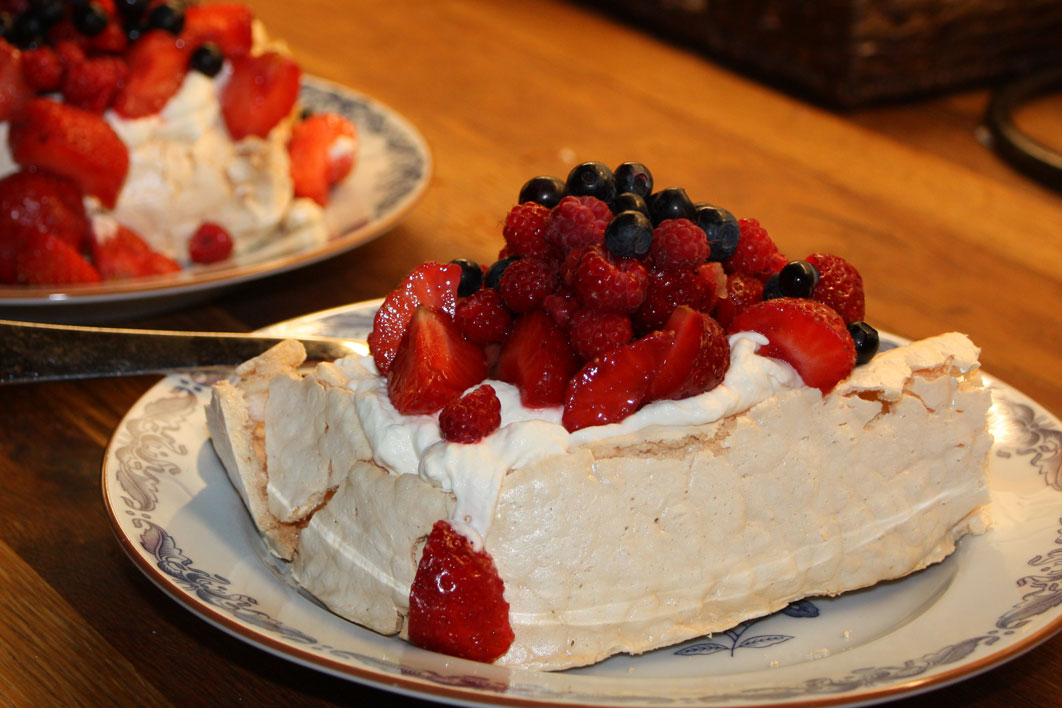
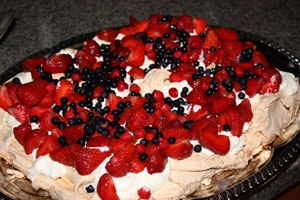
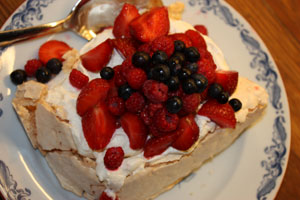 [/column]
[/column]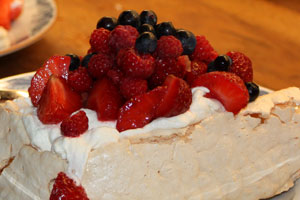 [/column]
[/column]
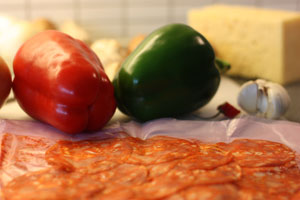 [/column]
[/column]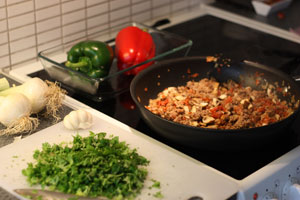 [/column]
[/column]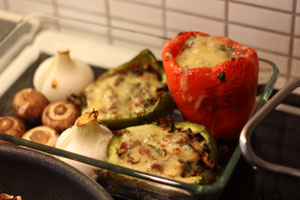 [/column]
[/column]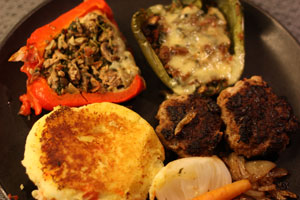 [/column]
[/column]
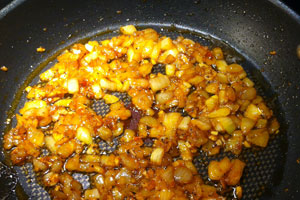
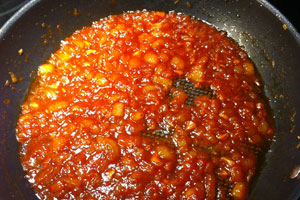 [/column]
[/column]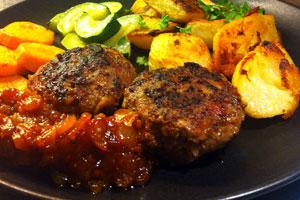 [/column]
[/column]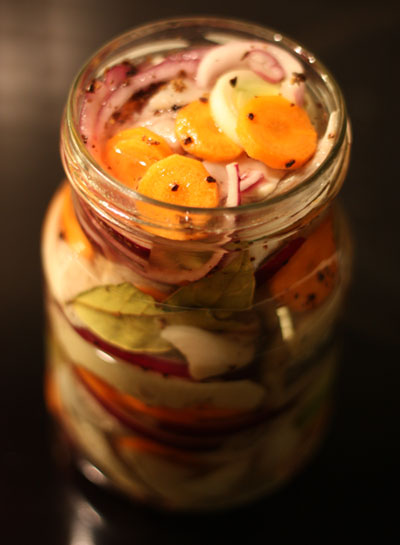
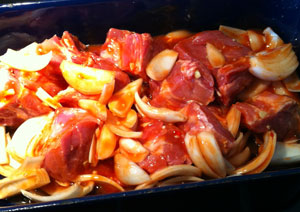
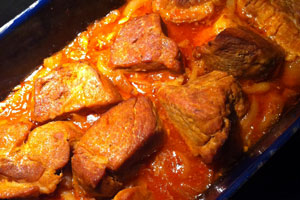
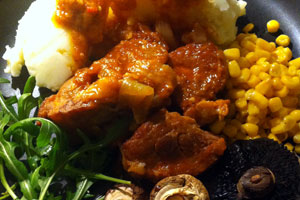
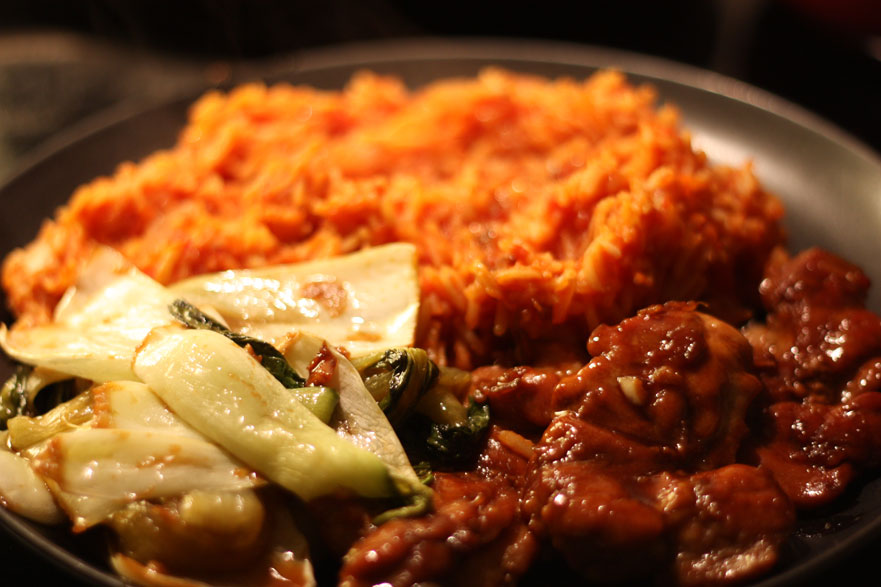
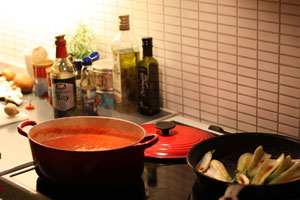
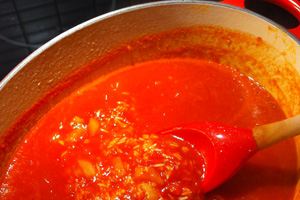 [/column]
[/column]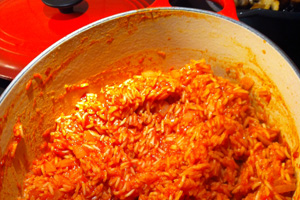 [/column]
[/column]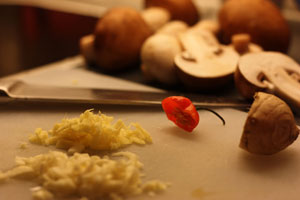
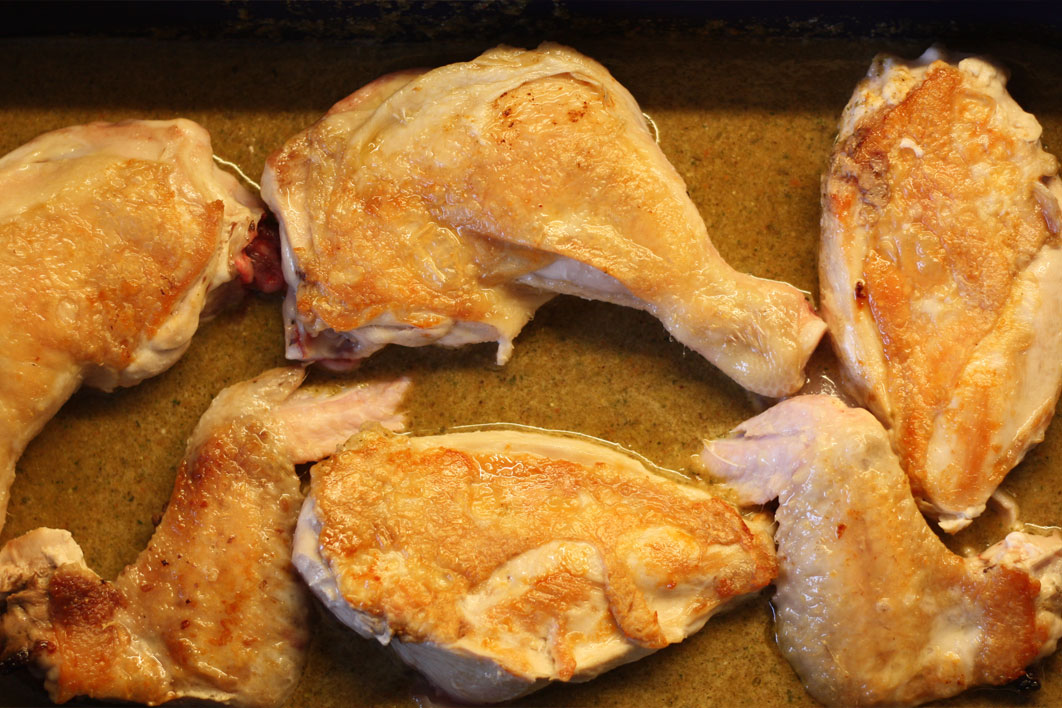
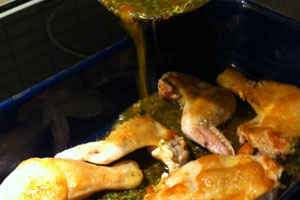
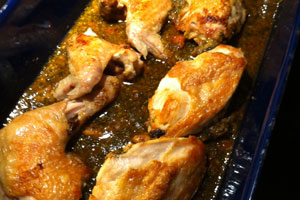 [/column]
[/column]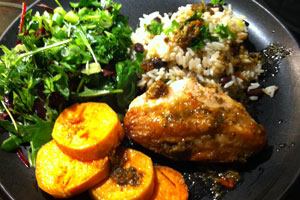 [/column]
[/column]